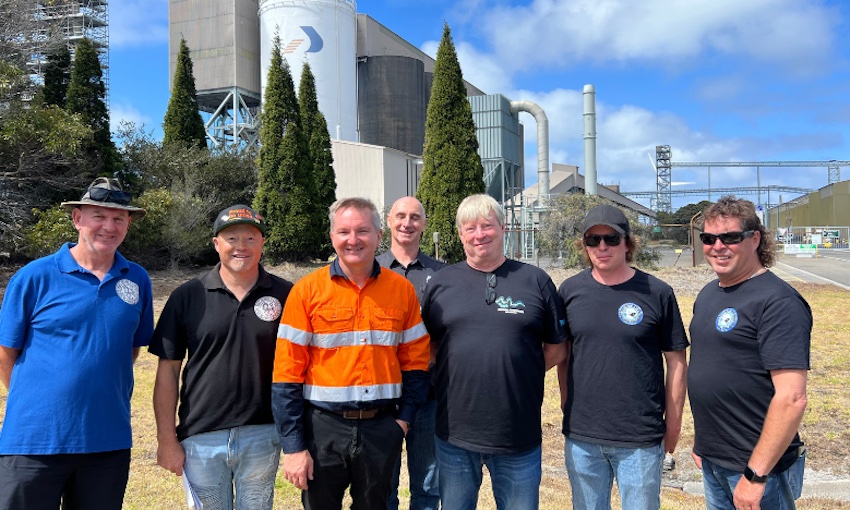THE MARITIME Union of Australia is welcoming the declaration of an offshore wind zone in the Southern Ocean as opportunity for Australia’s maritime workforce.
Federal minister for climate change and energy Chris Bowen announced the offshore wind zone on 6 March.
The zone is located upwards of 15 kilometres off the coast of western Victoria, near Portland, working around the Bonney Upwelling, Deen Maar Island and shipping routes.
Mr Bowen expects the new industry to create 1740 jobs during construction and 870 ongoing operation jobs for engineers, labourers, technicians, operators, riggers, divers and administrators.
He highlighted western Victoria’s “world-class wind resources, high-quality shipping infrastructure and an aluminium smelter that draws up to 10% of Victoria’s electricity”.
MUA representatives present for the minister’s announcement said declaring the offshore wind zone was a step toward economic and social opportunities on offer through new renewable energy projects on the Australian coastline.
“The declaration of this offshore wind zone kicks off a process that will deliver and sustain many thousands of long-term and rewarding jobs for Victorian maritime workers,” MUA’s Victoria Branch secretary Rob Lumsden said.
“The expertise and skill of MUA members has built and sustained the offshore energy sector for generations, and the new jobs on offer through offshore wind will bolster this already thriving industry of skilled seafarers, offshore workers and dockers who keep the lights on for people and businesses throughout the nation,” Mr Lumsden said.
The Southern Ocean offshore wind zone is the third officially declared offshore wind zone in Australia.
The Department of Climate Change and Energy estimates it could generate up to 2.8GW of offshore wind energy – equivalent to two-and-a-half Portland Smelters.
Feasibility licence applications for offshore wind projects in the Southern Ocean zone opened on 6 March and are scheduled to close on 2 July 2024.
Construction can only begin after the feasibility stage is completed and developers have gained subsequent environmental and management plan approvals, as well as demonstrating how projects would benefit Australian industry and jobs.





